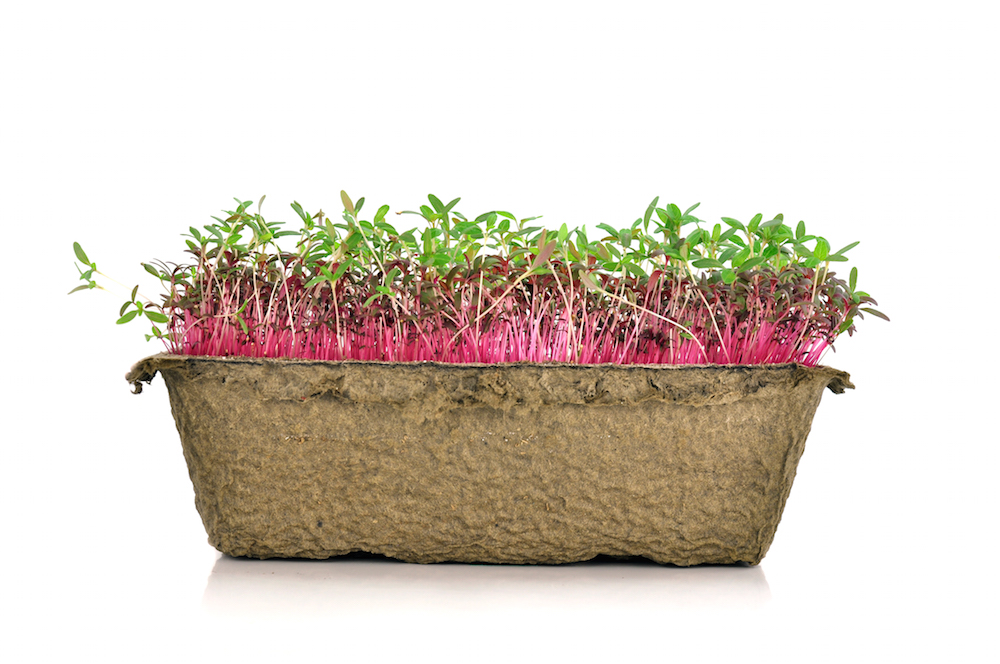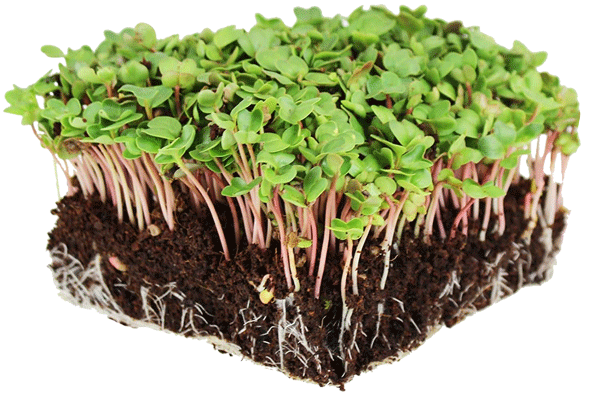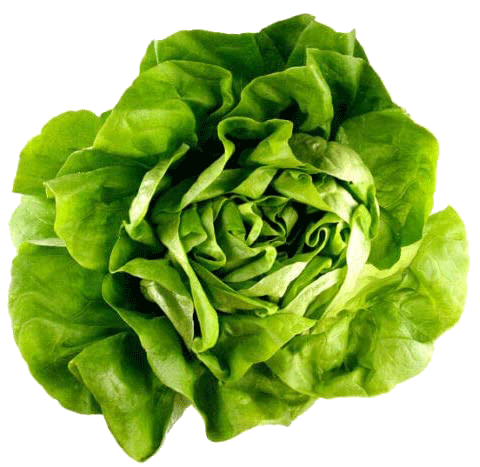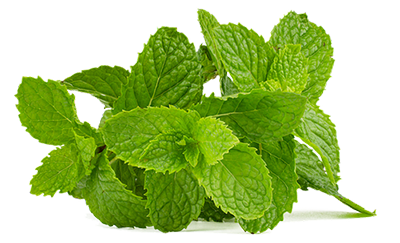Amaranth microgreens may be lesser known than their more popular colleagues such as kale, beets, cilantro, basil, arugula and spinach microgreens but they fare competitively among them in terms of taste and nutrient contents. Amaranth microgreens are young amaranths that are harvested just as their first full leaf appears. Amaranth leafy vegetables and their microgreens are grown from the same type of seeds.
Amaranth belongs to the plant family Amaranthaceae along with other leafy greens such as beet, spinach, quinoa and Swiss chard. Amaranth microgreens have a common vibrant and distinct fuchsia hues but some leaves are tinged green or even gold. They are crisp, tender, and have a mild and sweet, earthy flavor similar to that of mustard but with much less spicy and with a delicate grassy finish. They are commonly used as a garnish, added to sandwiches and pasta or mixed into green salads.
Amaranth has been around for a very long time. The plant was a major part of the pre-Columbian Aztec culture, with this group of people consuming it for food and as part of ancient rituals and celebrations. Today, it is a very popular snack in Mexico, a part of diets in Asian countries and it is also grown in Africa.
Amaranth microgreens are a modern plant. They were part of the trend in growing microgreens around the 1980’s in the US together with other microgreens, after the creation of the first batch of microgreens, which included basil, kale, arugula, cilantro, and beets microgreens.






